What Birds Eat Cicadas?
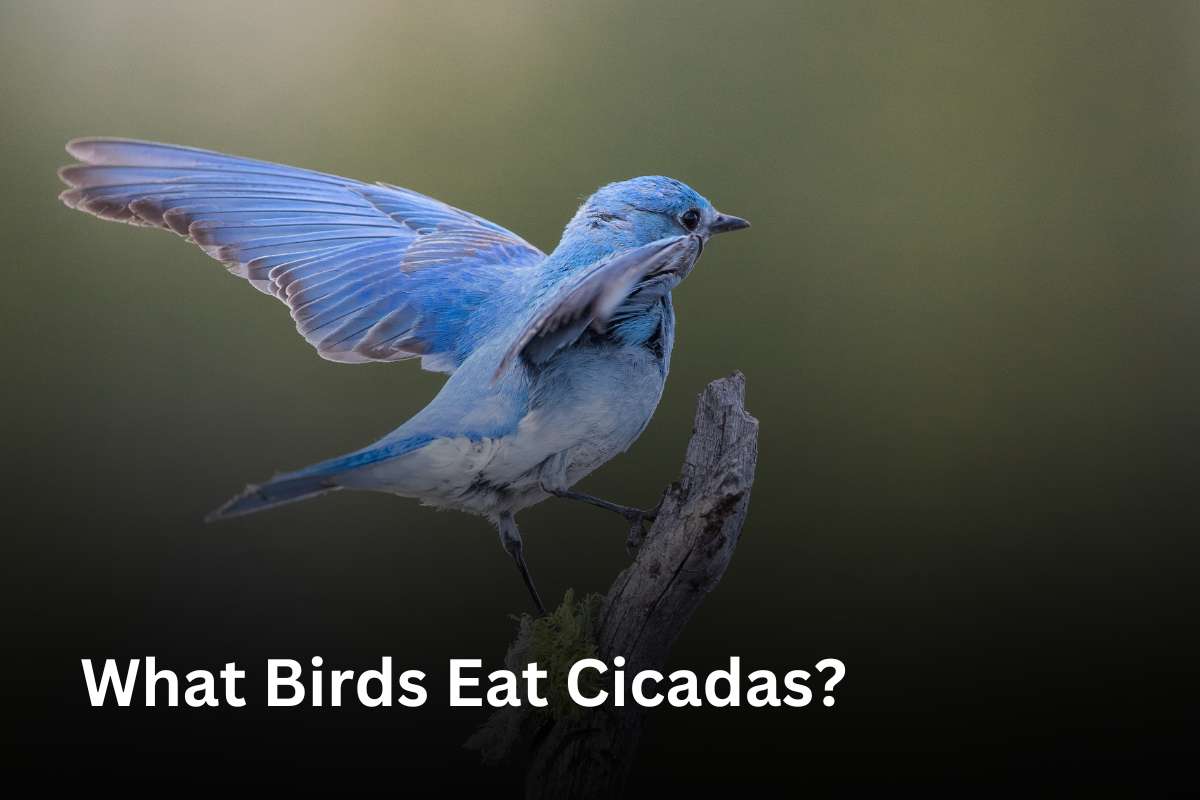
Cicadas belong to the superfamily Cicadoidea within the insect order Hemiptera.
With over 3000 species worldwide, these insects can occasionally become a food source for various animals, including birds.
Birds are particularly fond of cicadas, as they provide a protein and amino acid-rich feast.
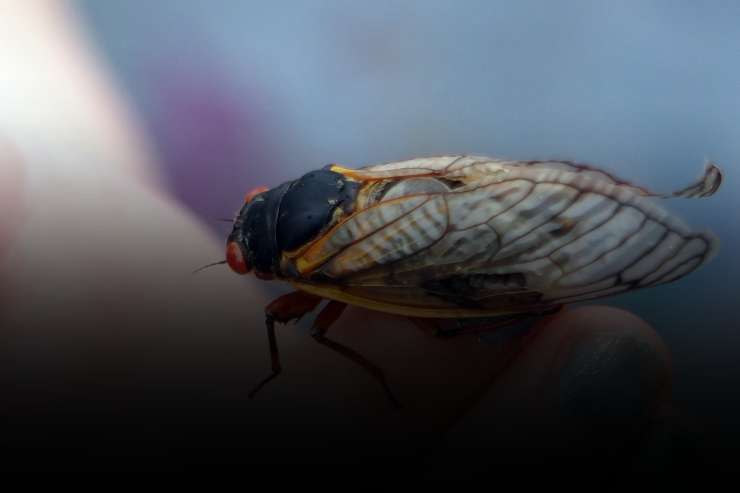
Many bird species even migrate to areas teeming with cicadas during the breeding season to indulge in this bountiful diet.
In this article, we will explore the types of birds that eat cicadas, their feeding behaviors, and more in detail. So, to know all of that, stick to this article till the end.
Types of birds that eat cicadas
Here is the list of bird species known to eat cicadas:
Woodpeckers
Woodpeckers are part of the bird family Picidae, which also includes the piculets, wrynecks, and sapsuckers.
These species are found in woodlands and rainforests.
More than 15 species of woodpeckers are known to love eating cicadas. They mostly predate on adult insects.
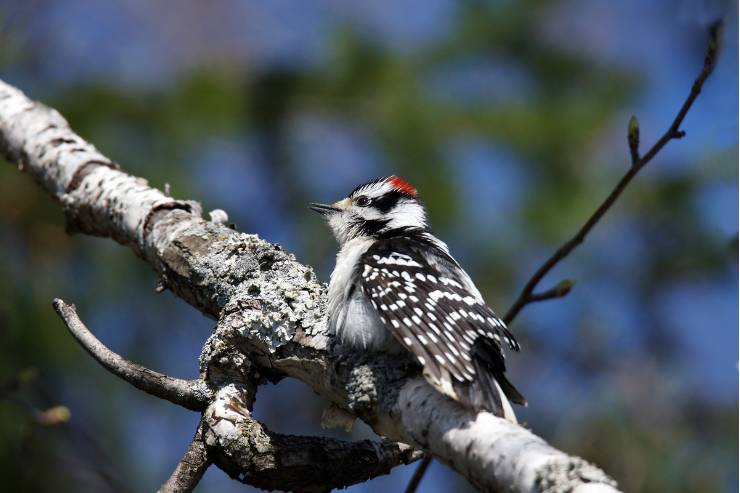
Woodpecker insects-eating diets vary depending on the season. During the spring and summer, they prefer ants, beetles, and caterpillars, but during cicada outbreaks in late summer and early fall, they feast on cicadas.
Bluebirds
Bluebirds are medium-sized, mainly insectivorous or omnivorous birds.
These birds are renowned for their melodious songs, but there is more to their diet than just music.
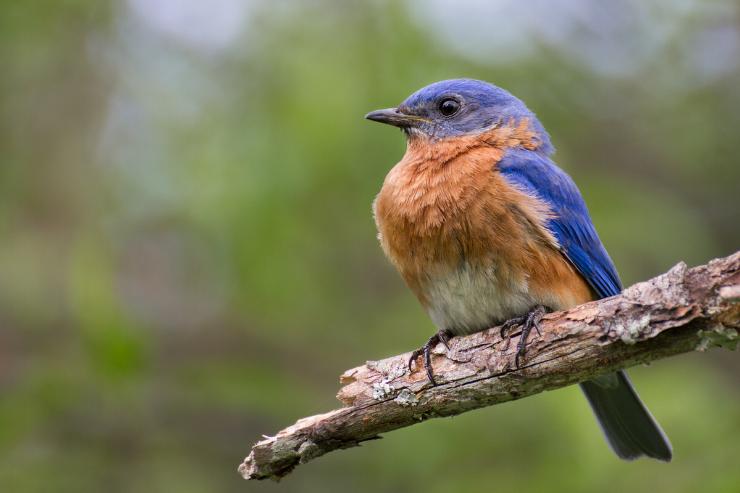
Bluebirds have a fondness for cicadas, indulging in them as a crucial energy source for the impending winter season.
These insects are a prized delicacy for bluebirds due to their high fat and protein content.
Cuckoos
Cuckoos are usually medium-sized, slender birds, that belong to the family Cuculidae.
They can be found throughout the world. From the roadrunner in the desert to cuckoo species in the rainforest, these birds occupy a wide range of habitats.
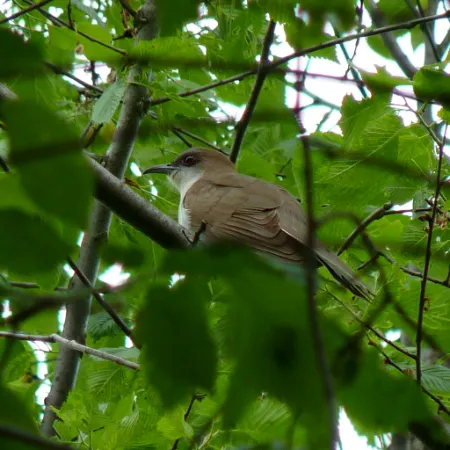
They eat a variety of invertebrates and small vertebrates in their diets. The cuckoos are birds that eat cicadas and take advantage of the abundance of these bugs during the cicada breeding season.
Northern Cardinal
Northern cardinal, also known colloquially as the redbird, common cardinal, red cardinal, or just cardinal, is a bird in the genus Cardinalis.
During the summer months, cardinals may appear to sporadically consume cicadas in flight.
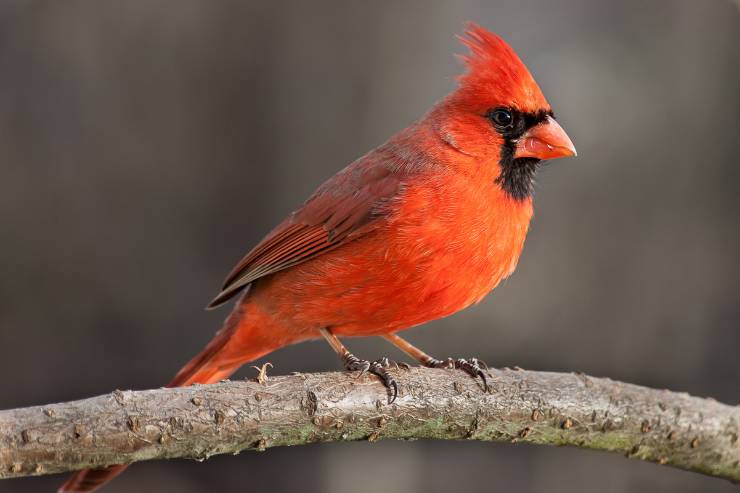
Cicadas are rich in fats and proteins, comprising up to 20% of a cardinal summer diet.
Chickadees
Chickadees are food-catching birds known for their behavior of hiding seeds. A single bird can hide as many as 80,000 individual seeds, which they retrieve during the winter.

Apart from that, chickadees occasionally consume cicadas and may chase them up trees.
In the warmer months of July and August, these small birds can be seen flying around treetops and branches, occasionally feeding on cicadas.
Read More: Can Birds Eat French Fries? >>>
Benefits of Eating Cicadas for Birds?
Birds are highly dependent on cicadas for their survival. Eating cicadas can offer several benefits for birds:
High protein content: Cicadas contain up to 64% protein content. This high protein content helps birds develop and maintain strong muscles.
Rich in Nutrients: Cicadas are rich in nutrients such as potassium, calcium, and magnesium. These nutrients are essential for the overall health and well-being of birds.
Abundant food source: Cicadas emerge in large numbers during specific periods, providing birds with an abundant food source. Some bird species even migrate thousands of miles just to feast on them.
Easy Accessibility: Cicadas are easily accessible for birds due to their abundance and active life cycle. Their loud mating calls make them more noticeable and easier to locate.
Exercise for beak, Jaw, and Neck Muscles: The tough exoskeleton of cicadas provides constant exercise for the beak, jaw, and neck muscles of birds.
How do birds hunt and eat cicadas?
Birds have evolved various strategies for hunting and consuming cicadas, which can vary depending on the bird species and the stage of the cicada’s life cycle.
When cicadas are active, birds may actively hunt them by visually scanning vegetation or the ground for movement or by listening to the distinctive sounds of their buzzing calls.
Once spotted, birds like robins and starlings may swoop down to catch cicadas. While others, such as warblers and chickadees, may use a gleaning technique, carefully picking them off leaves and branches.
Likewise, some birds, like flycatchers and swallows, are adept at catching flying insects and will catch cicadas on the wing.
Foraging birds, like woodpeckers and nuthatches, may probe tree bark to uncover hidden cicadas.
During cicada emergencies, when large numbers of cicadas are present, birds may consume them whole or remove the wings and legs before.
The specific hunting and feeding behaviors can be influenced by the birds foraging strategy, the cicada species, and the habitat in which they are found.
Are there any risks for birds in eating cicadas?
Yes, there are a few potential risks for birds when consuming cicadas:
Toxin Retention: Some cicadas retain toxins from the vegetation they consume, which may affect the predators that consume them. These toxins could potentially harm birds if they eat many cicadas.
Digestive Issues: The wheels of cicadas can be hard on a birds digestive system. Birds, especially young ones, may experience digestive problems if they consume in large amounts.
Nutritional Imbalance: While cicadas are rich in protein and amino acids, a diet solely based on cicadas might not provide all the necessary nutrients a bird needs.
Birds usually have a varied diet, and over-reliance on cicadas could lead to nutritional imbalances.
Conclusion
Cicadas offer a nutritious and plentiful food source for birds, contributing to their survival, growth, and development.
They are abundant during the summer throughout the world.
A variety of bird species have evolved different hunting and feeding strategies to consume cicadas.
While a balanced diet is crucial for the health of birds, over-reliance on cicadas could lead to nutritional imbalances.
Frequently Asked Question
What birds eat cicadas?
Several bird species, such as bluebirds, robins, woodpeckers, flycatchers, herons, and sparrows, are known to eat cicadas.
How do birds find cicadas to eat?
Birds use a combination of visual and auditory cues to locate cicadas. They may watch for movement or listen for the distinctive sounds cicadas make.
Do all birds eat cicadas?
Not all bird species eat cicadas. Some birds have different diets and may not consume cicadas at all.
Are cicadas harmful to birds?
Cicadas are generally a safe and nutritious food for birds. However, if cicadas are contaminated with pesticides or toxins, they can pose risks to birds and other animals.






